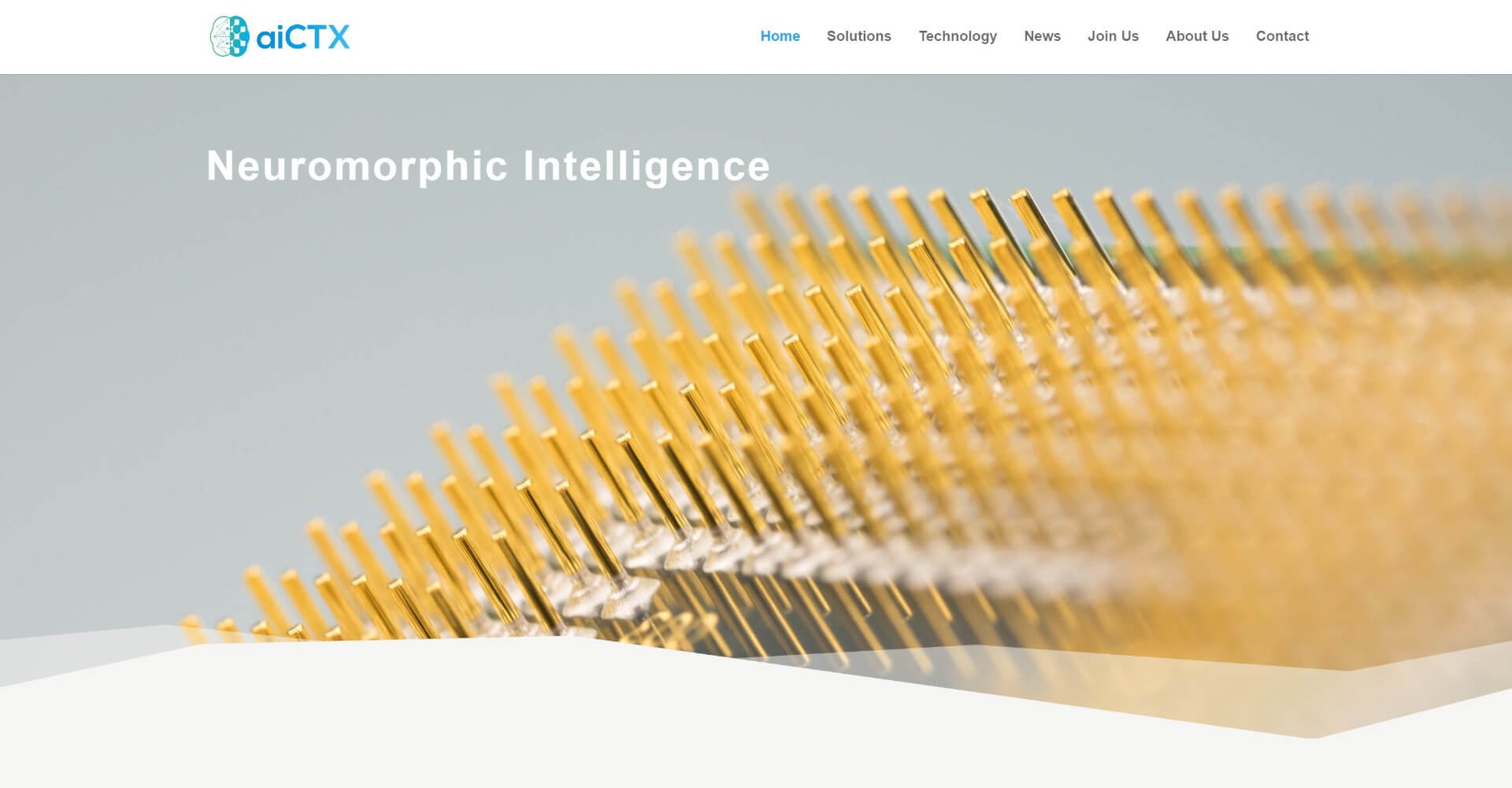Traditional computers are fundamentally based on bits, 1s and 0s, if current is or is not passing through a transistor. Then piled on top of billions of transistors are layers of hardware and software abstraction that convert those 1s and 0s into photos, videos, and all of the other software we interact with on a daily basis.
Since computers have become exceptionally fast, executing billions of instructions per second, it becomes easy to forget that the beautiful photo you took is just a gigantic string of 1s and 0s to your cellphone. As inefficient as this may sound, it has become extremely reliable and was humanity’s first success with harnessing physical phenomena to do calculations for us.
Neuromorphic computers leverage entirely different rules of physics, storing information not as 1s and 0s, but as nodes connected to one another – much like in the brain. When activated by an incoming pattern of electrical signals (new information), nodes experience a structural change based on the strength and origin of those signals. The structural change consequently produces an output from the node which differs from the original input.
By precisely engineering the materials used for nodes, engineers can do mathematical calculations by applying some electrical input to a node, and measuring the output. In aiCTX’s neuromorphic computer, there are one million of these nodes, and each one replaces multiple computational steps that are required of a standard (Von Neumann) computer running a perceptron algorithm. Note: Many connected perception algorithms produce an artificial neural network.
For each perceptron, a standard computer would have to pass each input through a weight matrix, apply a net input function, apply the ReLu activation and unit step functions, and then update the weight matrix. Plus, it would have to be converting these processes into 0 and 1 machine code along the way.
A neuromorphic computer passes each input through a set of connected nodes whose finely engineered structural change and electrical response will produce an output value that is equal to the output computed by a Von Neumann computer.
This produces a huge boost to energy efficiency and speed, demonstrating a 10x jump in real-time image processing speeds using aiCTX’s 1 million node, dynamic convolutional neural net chip. Considering that the speed of neural network computations has been the largest bottleneck in the production of autonomous vehicles and real-time computer vision enabled robots, neuromorphic chips might be the upgrade incumbents need to bring this tech into the mainstream.
CES Asea presented aiCTX with its honorable innovation award at its 2019 event, and to date, the Swiss startup has raised just under $3 million to develop the technology.





